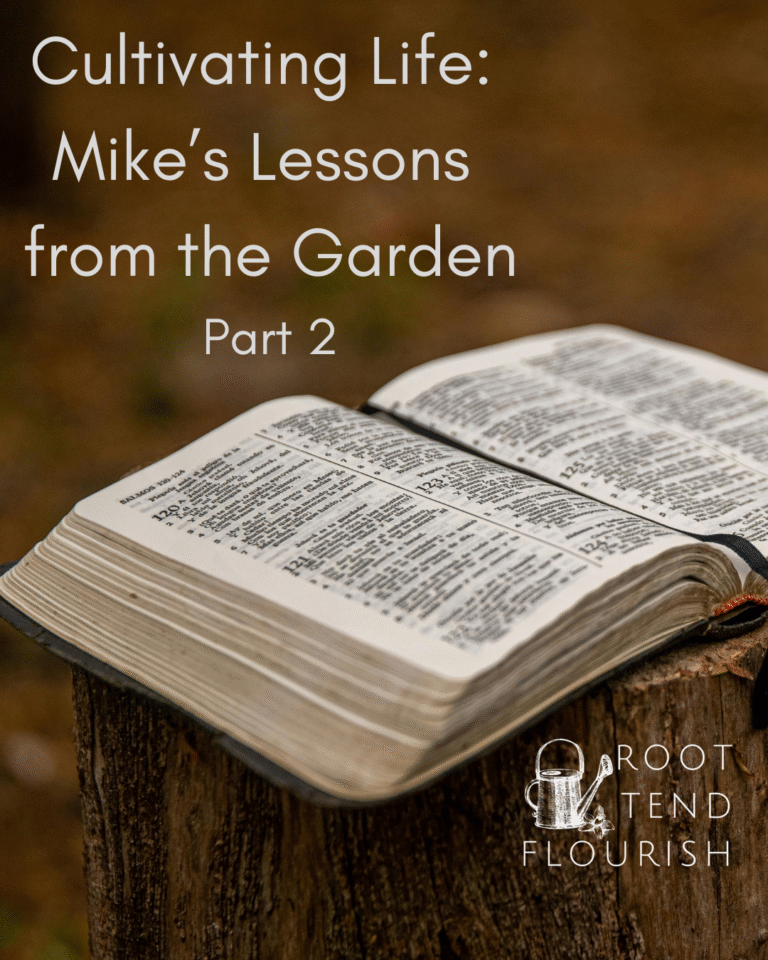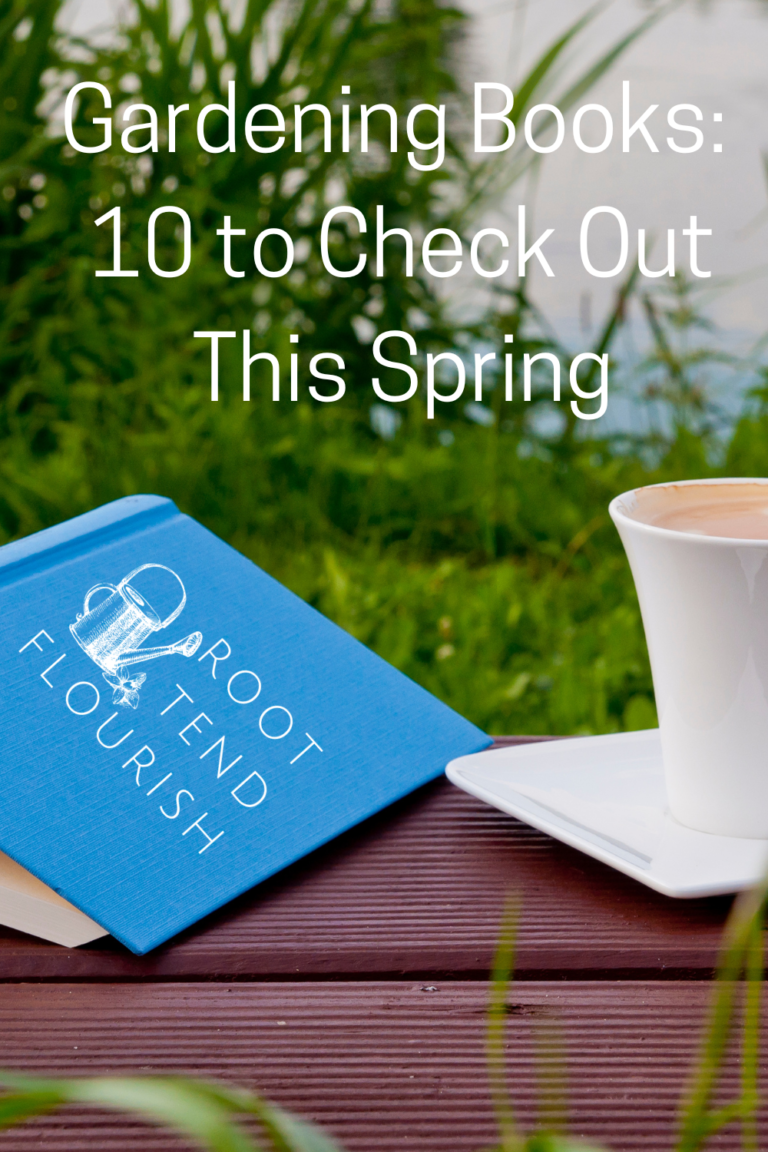How to Plan a Garden for Beginners: Part 1
When spring is around the corner, you’re likely getting the itch to see some green. You may be considering what steps you need to take to plan out a new garden space. Visions of ripe tomatoes, bright, green lettuce, sweet smelling flowers and juicy berries may be cycling through your mind’s eye. But how do you go from dreaming about these things to actually seeing them take root and bear fruit? Planning a garden for beginners doesn’t need to be intimidating or overwhelming.
Why plan a garden?
Taking a little time up front to consider some initial questions can save you a lot of headaches down the road. It can also help you avoid standing in your yard staring at a huge pile of compost and plants with no idea of what should go where (raise your hand anyone?). With a little time spent on preparation and planning, you’ll be well on your way to enjoying the fruits and beauty of your labor.

In this series, we’ll cover:
- Part 1: What Questions to Consider When Planning (Part 1)
- Part 2: Where to Site Your Garden (Part 2)
- Part 3: How to Select Your Plants (Part 3)
- Part 4: What Supplies You’ll Need (Part 4)
Questions to consider when you plan a garden as a beginner
Before you put your shovel into the soil there’s a few key questions to consider.
- What you want to grow
- What growing space there is
- What available time and money you have
- What level of maintenance you want
- What your seasonal schedule allows for
What do you want to grow?
There are many different types of gardens. These include traditional vegetable gardens, herb gardens, cut flower gardens, perennial gardens, and native pollinator gardens. What you want to grow is going to put some constraints around other aspects of decision making. In this case, constraints can be a good thing because they give you a clearer direction of how to move forward.
One of the major factors to keep in mind when thinking about what to grow is how much sunlight your space has. Most edibles need 6-8 hours of light. When you plan a garden, and your growing space is primarily shady that may limit what you can grow. If you’re after a perennial garden, you can easily find shade or sun tolerant perennials.
If herbs are your thing, but your only growing space is a long hike down the driveway, consider how easily you access the garden for harvesting. In general, you can change what you grow, improve soil and add water but you can’t easily increase your sunlight. This is likely one of the biggest constraints you’ll need to work around.

What growing space do you have?
Every yard is set up a bit differently and has different sun and shade patterns. You may have a large grassy area that gets 8 hours of full sun. Several raised beds or an in the ground garden could easily fit into a space like this. Perhaps you have a postage stamp size yard but you have a large porch and driveway. Those areas could be home to containers of all shapes and sizes.
If open growing space is lacking do not lose hope. Garden beds along a home’s foundation or the edges of the backyard can usually accommodate some extra plants. Tucking in some herbs and other edibles amongst your front plantings can also work well. Or perhaps it’s finally time to rip out those overgrown shrubs and replace them with perennial flowers and shrubs that offer wildlife habitat.
If you’re willing to think outside the box, you can almost always find space to grow something. But it’s important to identify those spaces ahead of time so you can select the right plants for the space you have.
Plan a Garden: The Time and Money Question
Ahh, time and money. Whether we like it or not, those two things affect most areas of our life. And just as with budgets and schedules, time and money affect our garden life too. If you’re short on money but have ample time try starting your own seeds. Slowly improving soil with cover crops is costs little. Putting in regular time for maintenance will make good use of that resource with less strain on the wallet.
If you have ample money but less time, consider some easier options. Raised bed kits and bagged soil material are generally quicker to work with. Plant starts and decent sized perennials with get the garden growing sooner. Every garden requires some time and some money. How you go about them can vary drastically. The main constant is that the bigger the garden, the more time and money it will require to establish and maintain. Be realistic about how many hours per week you can spend in the garden. It’s often better to start small and build up spaces slowly as your available time, money or interest grows.

What level of maintenance do you want?
This ties back into the aspect of time discussed above. Like many things in life, once you invest in something there’s certain maintenance and input required. A mixture of individual plants placed randomly will be harder to weed around and prune. Larger swaths of the same plant are generally easier to maintain. Certain annuals and perennials are notoriously more finicky to care for than others (I’m looking at you Peonies- good thing you’re pretty!).
If you only have a little time on the weekends or after work to pull some weeds and prune plants, you may want to consider that. Start off small and with plants that are easy to grow. If you’re a more experienced gardener, jump into developing some bigger garden spaces so long as you have the bandwidth to keep up with them seasonally.
Seasonal Timing
Keep in mind, spring, late summer and fall are always busy times in the garden. Spring is full of getting things initially established. Late summer is busy with harvesting crops and processing them if needed. Fall brings clean up and putting the garden to bed for the winter. Think about how the work during those times may integrate into your existing schedule to ensure you can make space for it seasonally.

Once you’ve thought through these four questions, you’ll be on your way to selecting your favorite plants and getting your hands dirty. Join us next time to discuss how to site your garden in our series on Planning a Garden for Beginners!






